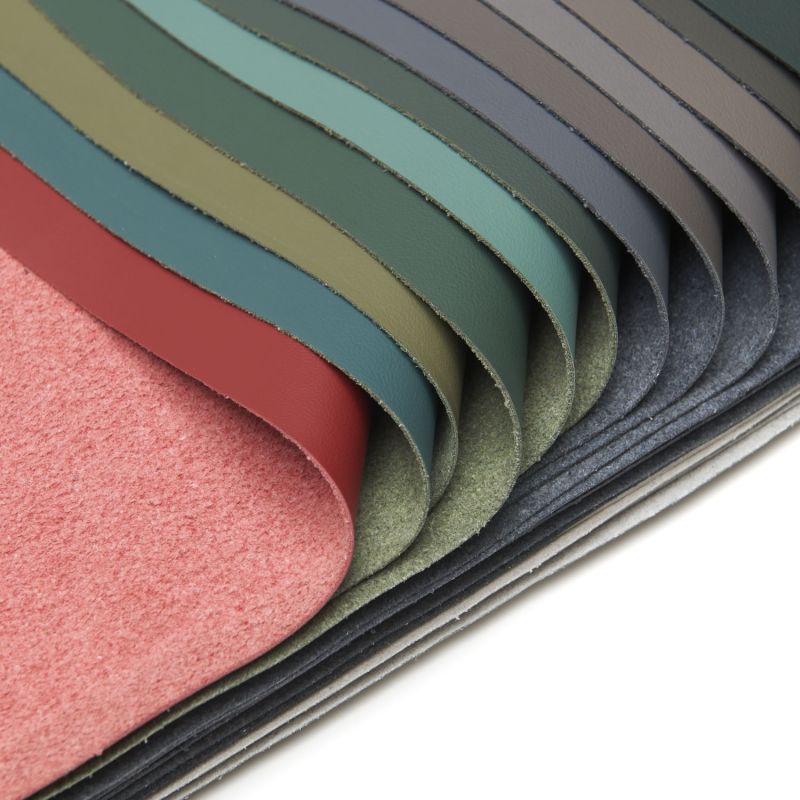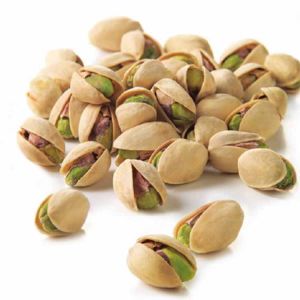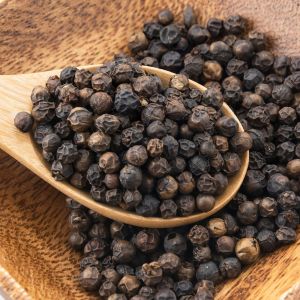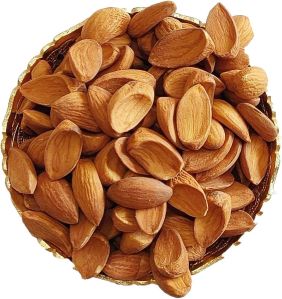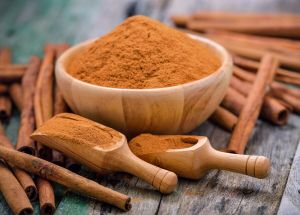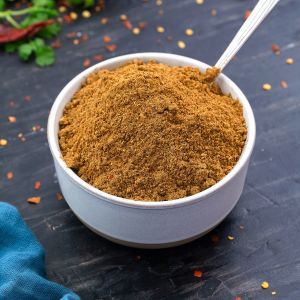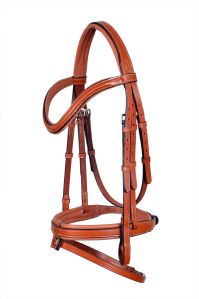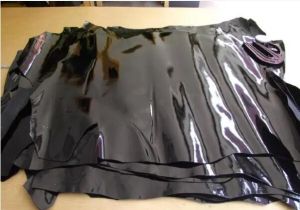worldcommercexports14@gmail.com - GST NO. : 07IMLPD6570B1Z1
| Business Type | Manufacturer, Exporter, Supplier |
| Packaging Type | Roll |
| Pattern | Embossed |
| Size | As per requirement |
| Click to view more | |
Preferred Buyer From
| Location | Worldwide |
Product Details
Color
Multicolor
Material
Bonded Leather
Thickness
10 mm
Country of Origin
India
Bonded leather is a type of leather product made by combining leather fibers, scraps, or shavings with a bonding agent, then pressing them into sheets or other forms. It’s often marketed as a more affordable alternative to full-grain or top-grain leather but is generally of lower quality and durability. Here's an overview of what bonded leather is, how it's made, and its pros and cons:
How Bonded Leather is Made:
-
Collection of Leather Scraps:
- Bonded leather is created from leftover leather scraps, fibers, or shavings from the production of higher-quality leather goods. These pieces are often from the remnants of full-grain or top-grain leather.
-
Shredding and Bonding:
- The leather scraps are shredded or ground into smaller particles. Then, they are mixed with a bonding agent, which is typically polyurethane or latex, to form a slurry. This mixture is pressed into sheets or molds to form a smooth, uniform surface.
-
Finishing:
- The bonded leather is then coated with a synthetic material or finish to give it the appearance of traditional leather. It is often embossed to mimic the grain pattern of real leather, providing a more uniform and consistent look. The final product can be dyed to resemble different types of leather.
Characteristics of Bonded Leather:
-
Appearance:
- Bonded leather often looks like real leather due to its finishing and embossing. However, it lacks the natural grain and texture found in full-grain or top-grain leather. The surface is typically smooth and uniform.
-
Durability:
- Bonded leather is not as durable as full-grain or top-grain leather. It is more prone to wear and tear and can deteriorate more quickly over time. It may crack, peel, or lose its appearance after extended use, especially when exposed to moisture or harsh conditions.
-
Affordability:
- One of the key selling points of bonded leather is its lower cost. Since it is made from scraps and uses less leather than other types of leather products, it is more budget-friendly and is often used in lower-priced products like furniture, books, and accessories.
-
Environmental Impact:
- Bonded leather can be seen as more eco-friendly than traditional leather because it uses leftover leather scraps that might otherwise go to waste. However, the use of synthetic binders (like polyurethane) and chemicals in its production means that it is not entirely free of environmental concerns.
-
Weight and Feel:
- Bonded leather tends to be lighter and less flexible than full-grain or top-grain leather. While it may mimic the look of leather, it doesn’t have the same luxurious feel or supple texture as higher-quality leather.
Looking for "Multicolor Bonded Leather" ?
Meter

